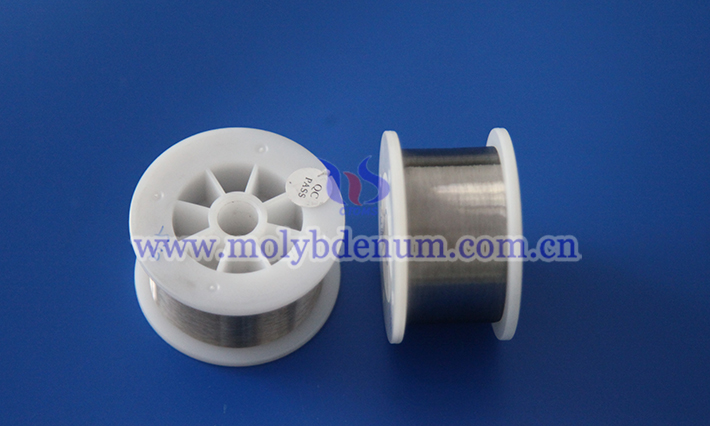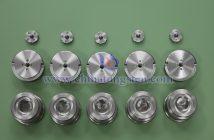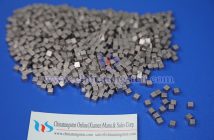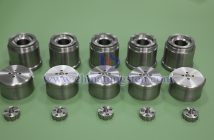As one of the primary cutting tools for high-hardness brittle materials, the quality of diamond wire depends not only on the production method, the size and distribution density of diamond particles, but also on the performance and thickness of the tungsten wire core. Generally, cutting wire produced using an electroplating process offers stronger cutting ability compared to that made with resin binders, primarily due to better diamond consolidation. The size of diamond particles should be moderate and evenly distributed; if the particles are too large, the cutting wire becomes too thick, increasing silicon wafer loss rates, whereas if they are too small, the cutting effectiveness decreases.

So, what are the specific requirements for cutting wire in terms of tungsten wire?
Diameter Size: The diameter of tungsten wire used for cutting silicon wafers in the photovoltaic industry typically ranges from 35 to 40 μm. A larger diameter reduces the number of silicon wafers that can be cut, while a smaller diameter increases production costs. Generally, the smaller the tungsten wire diameter, the more difficult and costly it is to produce.
Tensile Strength: Tungsten wire with higher tensile strength is less prone to breaking during cutting. Breakage not only slows down work speed but also affects cutting quality, such as increasing silicon wafer surface scratches. To address this, rhenium and lanthanum elements are often added during production.
Flexibility: Tungsten wire with good flexibility is less likely to develop dents during winding and unwinding, which could otherwise impact the quality of the diamond wire.

Fatigue Resistance: Compared to steel wire, tungsten wire offers superior fatigue resistance and better heat resistance, making it less susceptible to sudden temperature rises from prolonged use, thus extending its service life.
Oxidation Resistance: Tungsten wire’s strong oxidation resistance makes it suitable as a core wire, effectively preventing damage to the diamond coating that could affect cutting performance.
Surface Cleanliness: The presence of impurities such as oil stains, grease, or fingerprints on the tungsten wire surface can impair the plating quality, affecting the overall performance of the diamond wire.



